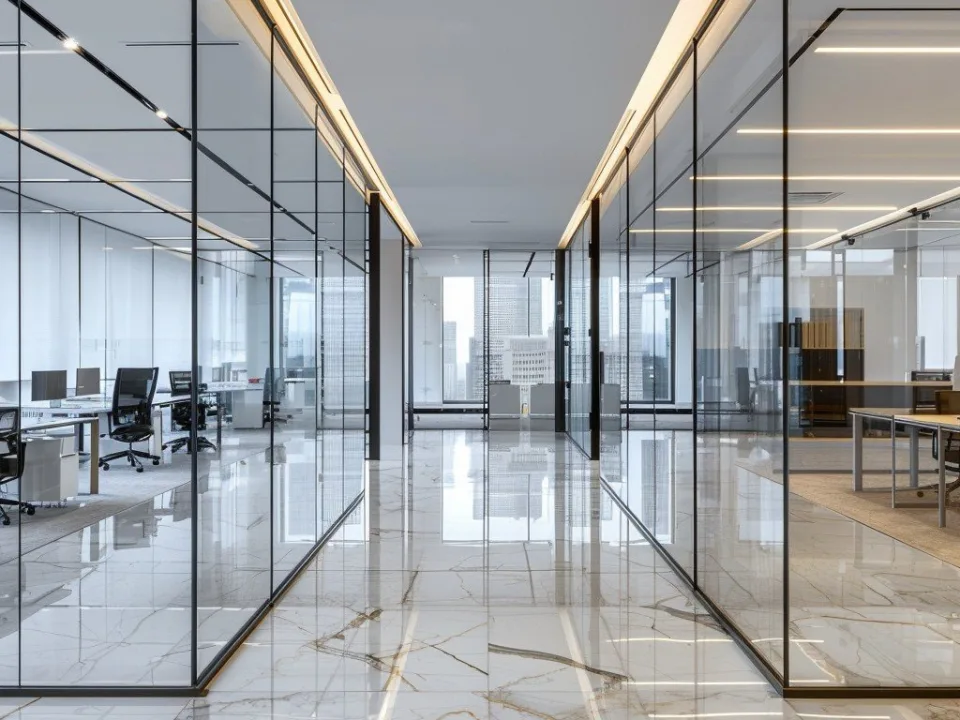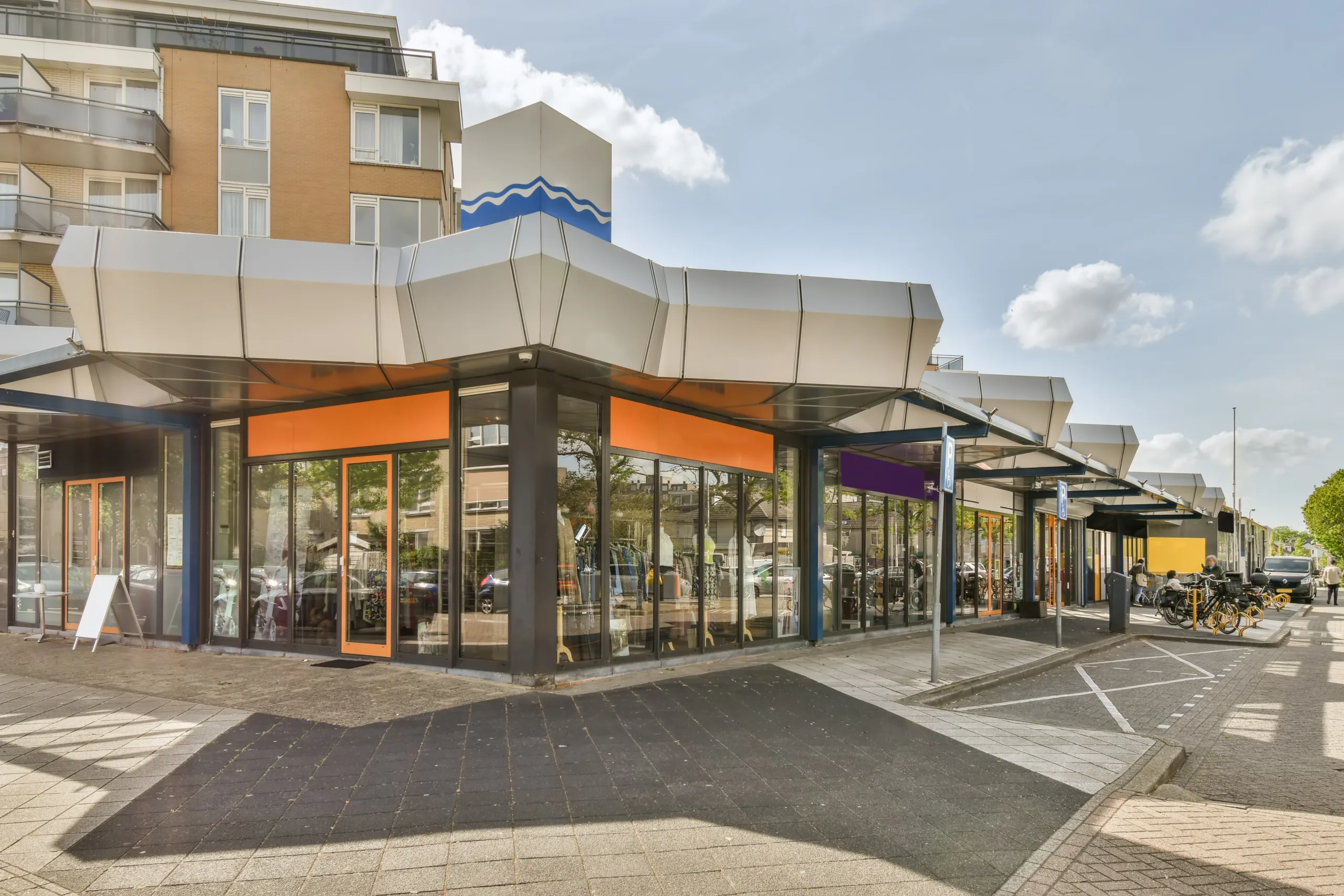- Dillard’s has purchased the Longview Mall in Texas for $34M, bucking the trend of department-store chains exiting mall properties.
- The acquisition is a defensive move aimed at preventing the mall from falling into the hands of neglectful owners known for deteriorating retail environments.
- Backed by over $1B in cash, Dillard’s is one of the few department stores financially strong enough to invest in real estate while competitors focus on liquidating assets.
A Strategic Exception To The Rule
At a time when major department-store chains are shedding real estate, Dillard’s is taking the opposite approach. The fashion retailer has acquired the Longview Mall in Longview, Texas, for $34M, reports The WSJ. The property is located about two hours east of Dallas. The purchase was made in partnership with an undisclosed investor.
The 47-year-old mall has long been a favorite of CEO Bill Dillard, and company executives saw an opportunity to safeguard its future. The move comes as Dillard’s looks to ensure the property is not acquired by “bad actors”—real estate investors that let malls fall into disrepair.
Fending Off Decline
“There are some bad actors out there in the mall industry… Every mall they own deteriorates,” said Chris Johnson, Dillard’s co-CFO, without naming names. His comments reference Kohan Retail Investment Group and Namdar Realty Group. These two prolific mall buyers are often criticized for maintenance issues and unpaid taxes.
Retailers like Dillard’s typically own their anchor spaces. They suffer when the surrounding mall environment declines. Johnson says this can “have a negative impact” on the in-store experience, even if the retailer itself performs well.
Get Smarter about what matters in CRE
Stay ahead of trends in commercial real estate with CRE Daily – the free newsletter delivering everything you need to start your day in just 5-minutes
A Rare Retail Power Play
Chain-store purchases of entire malls are unusual in today’s retail climate. While Walmart and Home Depot have made similar moves in recent years, it’s been decades since a department store bought or redeveloped a mall property.
Most department-store operators, from Macy’s to JCPenney, are actively selling off real estate to raise capital. Macy’s plans to generate up to $750M in asset sales by 2026, while JCPenney recently sold 119 locations for $950M.
Dillard’s, by contrast, owns most of its 272 stores and remains financially robust, with over $1B in cash at the end of Q2. This liquidity allowed the company to snap up Longview Mall, which was previously part of a Washington Prime Group portfolio spun off from Simon Property Group in 2014.
Why It Matters
Dillard’s move signals a rare but intentional reversal in department-store strategy. Instead of retreating from physical retail, the company is investing in it—seeking to preserve control over its retail environment and protect its customer experience.
The mall industry is still navigating post-pandemic shifts and valuation drops. Dillard’s could be positioned to acquire additional assets. However, the company isn’t revealing any future real estate plans for now.
What’s Next
It remains unclear if Dillard’s will pursue more mall acquisitions. However, its Longview purchase underscores an emerging trend. Retailers are returning to real estate control as a tool for operational stability. In a sector plagued by store closures and shrinking margins, Dillard’s appears intent on writing its own script.


















